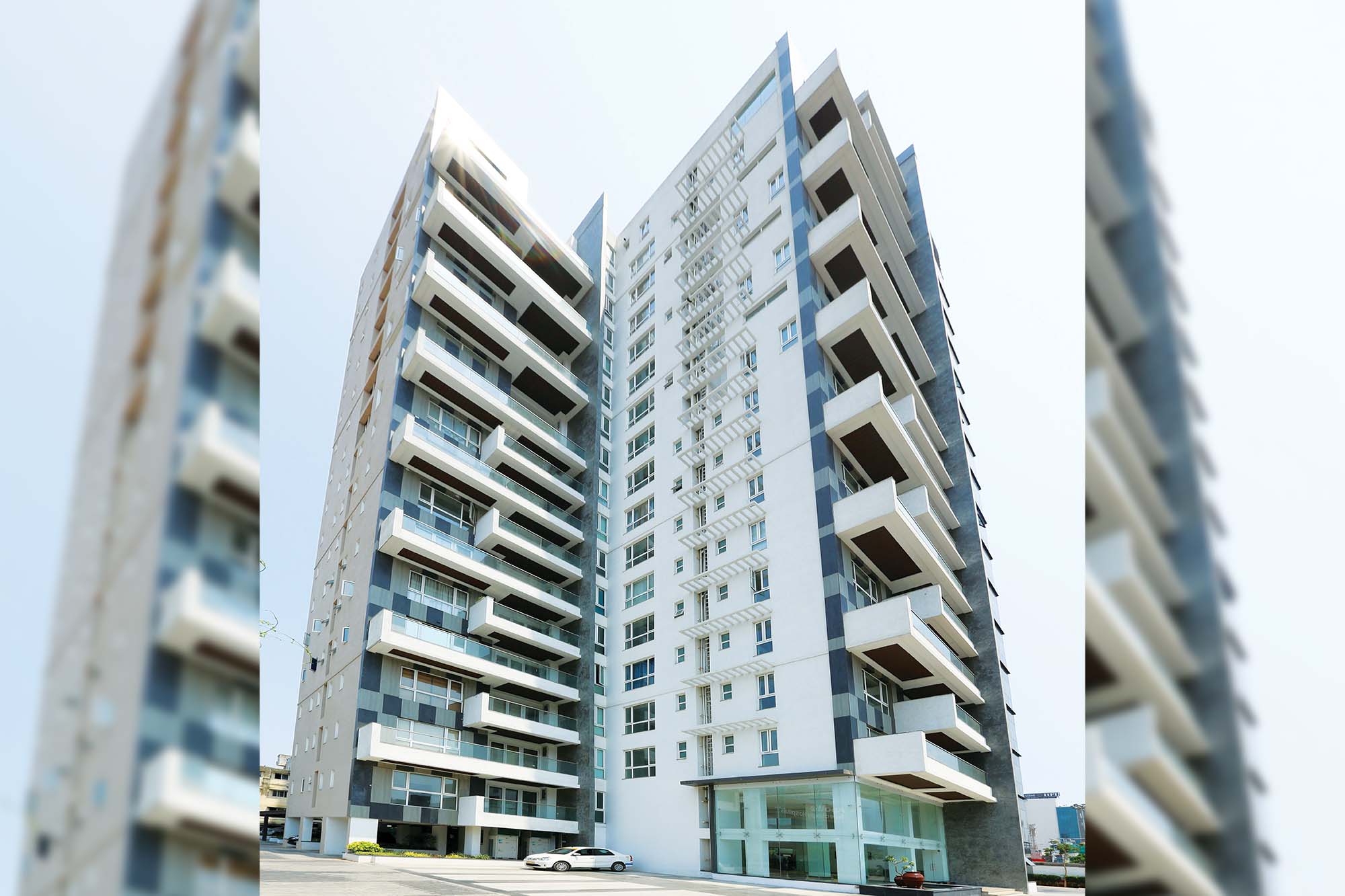Fenestration trends for energy efficiency and safety in high-rise buildings

This interaction discusses the considerations and challenges of designing fenestration systems for high-rises. It also walks us through Lingel’s new, specialised products for enhanced safety.
Can you highlight the considerations while installing fenestration systems for high-rise buildings?
Shifting panels and doors to their required openings during the construction stage is a significant challenge. Any fabrication company or window manufacturer handling such tasks must ensure that installation costs are considerably higher than for buildings with only one to three floors. It is essential to develop lifting and shifting technology in coordination with the developer during the design stage to ensure that if panels need replacement later, a proper plan is in place.

What are the major challenges associated with designing fenestration systems for high-rise buildings?
The service lift should be large enough to transport panels to the upper floors, and the staircase must be wide enough to accommodate panel movement. High-rise buildings in India now typically exceed 25 floors, which presents challenges for developers and homebuyers. One such challenge is ensuring balcony safety, especially in buildings over 100 meters tall. Balconies must be designed to feel secure, with railings and glazing that do not intimidate people from stepping outside.
At Lingel, we have recently entered the railing systems market, and we highly recommend that balcony glazing be at least 1.1 to 1.2 m in height. This ensures that residents feel safe while looking out from their balconies. Additionally, selecting the right glazing is crucial. It is advisable to avoid ordinary tempered glass or ordinary laminated tempered glass. We recommend our Lingel Panzer Glazing (LPG), which, even after breaking, remains intact without shattering.

Can you compare the performance of uPVC and aluminium systems? What products does Lingel offer?
Recent fenestration trends in the high-end residential sector have temporarily shifted from uPVC to aluminium systems. However, at Lingel, we offer both uPVC and aluminium options. We can confidently say that uPVC windows are just as good as aluminium windows in terms of durability, strength, water tightness, and wind resistance. Even for high wind loads, uPVC performs comparably to aluminium. While there is a shift towards aluminium, uPVC remains a highly consumer-friendly product with advantages. Additionally, demand for heat and noise insulation continues to rise. Lingel offers various profile and glazing systems to meet customer needs based on their budgets, providing solutions that reduce heat and noise effectively.
What are some of the latest technologies in fenestration that focus on enhancing energy efficiency in high-rise buildings?
In contrast to office buildings that use curtain wall systems—where the entire building is covered in glass and ventilation is handled exclusively by indoor air conditioning—residential buildings often have balconies and windows. These features allow for proper ventilation, a preference for many homebuyers. In high-rise residential buildings, wide balconies reduce energy loss by preventing direct sunlight from hitting the glass. This helps keep rooms cooler compared to buildings with curtain wall glazing systems. This shading effect allows for insulated glass, which improves energy efficiency, especially at night when air conditioning is running. Insulated glass with a U-value of 2.8 W/m²K can reduce energy consumption by over 50 percent compared to single glazing. Furthermore, it is important that window sill heights in high-rise buildings be a minimum of 1.1 to 1.2 meters to ensure safety, minimising the risk of accidental falls, especially for windows without additional safety features.

How has the “prefabrication” technology enhanced the quality of fenestration solutions, especially in high-rise buildings?
Prefabrication is typically used for curtain wall systems in high-rise buildings, where entire units, including glass, are assembled in the factory and installed onsite. This drastically reduces installation time and increases worker safety. However, prefabricated modules have not yet been widely adopted for doors and windows in high-rise buildings.
For more details, visit: https://www.lingelwindows.com/
Cookie Consent
We use cookies to personalize your experience. By continuing to visit this website you agree to our Terms & Conditions, Privacy Policy and Cookie Policy.










